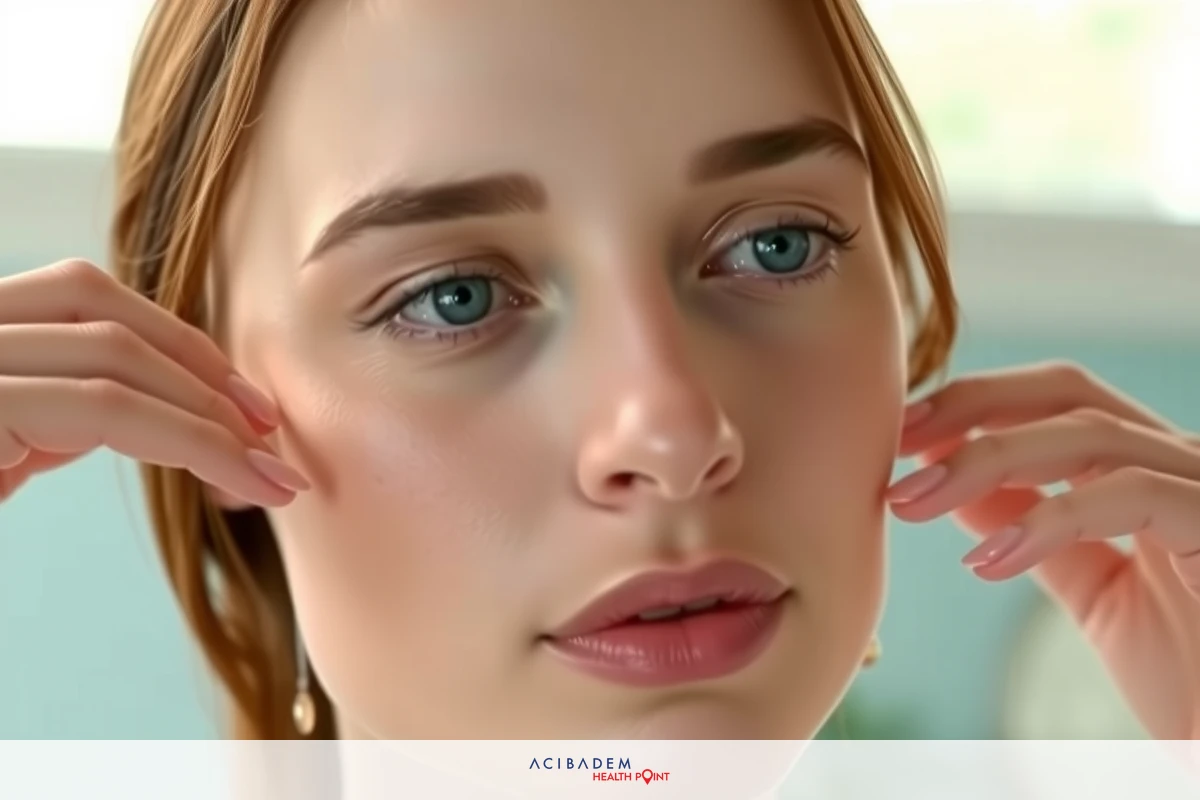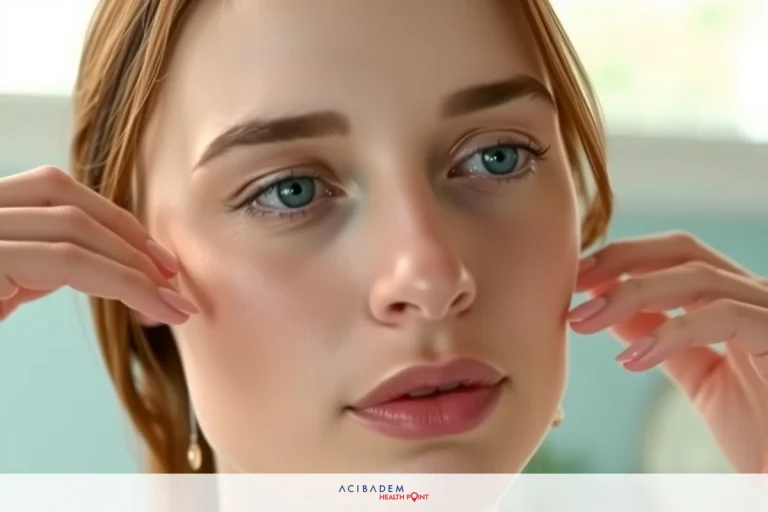Is it Normal to Have a Bump After Rhinoplasty?
Is it Normal to Have a Bump After Rhinoplasty? Rhinoplasty, or nose reshaping surgery, often leaves patients with temporary side effects such as swelling and bruising. One concern that some patients have is the development of a bump after rhinoplasty. This is not uncommon and can be part of the healing process, but it’s important for patients to understand why this happens and what can be done about it.
This article seeks to shed light on why bumps may appear after rhinoplasty and whether it should be a cause for concern. The causes of these bumps, the normal healing process of the nose after surgery, and when it might be necessary to consult with your surgeon are all topics that are covered in detail. By understanding these aspects, individuals who have undergone or are considering rhinoplasty can better manage their expectations and recovery process.
Causes of Bumps After Rhinoplasty
One of the reasons why bumps may appear after rhinoplasty is due to the nature of the surgery itself. This procedure involves reshaping the nose’s bone and cartilage, which can cause tissue trauma and inflammation. Inflammation often leads to swelling, which might feel like a bump in the initial stages of recovery. This is generally a normal part of the healing process as your body responds to the surgical intervention.
Another cause of bumps after rhinoplasty could be related to the patient’s individual healing characteristics. Everyone’s body heals differently, and sometimes a patient’s immune response can lead to the formation of excess scar tissue around the surgical site, creating a bump. While this is less common, it’s a potential factor that might contribute to post-rhinoplasty bumps. It’s also worth noting that some people naturally have more prominent nasal bones or cartilage, which might feel like a bump but is actually just their normal anatomy becoming more noticeable as the swelling subsides.
Lastly, surgical technique and experience also play a crucial role in preventing bumps after rhinoplasty. A skilled and experienced surgeon will use techniques that minimize trauma to the nasal tissues, reducing the likelihood of complications like bumps. However, even with the best technique, some degree of swelling and contour irregularities can be expected during the healing process, especially within the first few months after surgery. If a bump persists beyond this period, it might be due to an issue with the surgical technique or healing process, and patients should consult their surgeon for advice.
Healing Process and Bump Resolution
The healing process after rhinoplasty is multifaceted and can take a considerable amount of time. Initially, patients can expect some degree of swelling and bruising, which is perfectly normal. During the first few weeks following surgery, the nose will start to heal, and the initial swelling will begin to subside. As the inflammation reduces, bumps that were initially present may start to diminish or change in appearance. This is part of the natural healing process as your body works to repair the surgical site.
In the months following rhinoplasty, the nose continues to heal and refine its shape. This period is characterized by gradual changes in nasal contour as residual swelling decreases and tissues settle into their new position. It’s not uncommon for patients to notice minor bumps or irregularities during this stage, as the final result of rhinoplasty is not apparent until all swelling has resolved. Patience is key during this period; it’s important to remember that healing from rhinoplasty is a slow process and that bump resolution can take time.
If a bump persists beyond six months to a year after surgery, it might be due to excess scar tissue or an issue with bone or cartilage placement during surgery. In these cases, non-surgical options such as steroid injections can help reduce the size of the bump. However, if these methods are not successful, a revision rhinoplasty might be recommended to correct the issue. It’s crucial to communicate any concerns about persistent bumps with your

surgeon, who can provide guidance on the best course of action based on your individual circumstances and healing progress.
When to Consult Your Surgeon
It’s important to maintain open communication with your surgeon throughout the healing process after rhinoplasty. While the occurrence of a bump can be part of the normal healing process, there are situations where it may be necessary to consult your surgeon. For example, if the bump is causing discomfort or pain, or if you notice any changes in your breathing, these could be signs that something is not quite right and should be evaluated by your surgeon.
Another situation where it would be advisable to consult your surgeon is if the bump does not seem to be reducing in size over time. As discussed earlier, a certain amount of swelling is expected after rhinoplasty, and this can feel like a bump. However, once the majority of the swelling has subsided – typically around the six-month mark – any remaining bumps should also start to diminish. If the bump persists beyond this point, it might indicate an issue with the healing process or surgical technique, and it would be prudent to seek professional advice.
Lastly, it’s crucial to remember that everyone’s healing journey is unique and not to compare your progress with others’. What might seem like a concern for one patient might be perfectly normal for another. Therefore, if you have any concerns or doubts about a bump after rhinoplasty – no matter how minor – it’s always best to consult your surgeon. Their expertise will help ease any anxieties and provide a clear understanding of whether your healing process is progressing as expected or if further intervention is required.
Frequently Asked Questions
Is it normal to have a bump after rhinoplasty?
Yes, it is relatively common to experience a bump after rhinoplasty. Swelling and tissue trauma from the surgery can contribute to the appearance of a bump in the initial stages of healing. However, as the nose heals and swelling subsides, these bumps often resolve over time.
How long does it take for a bump to go away after rhinoplasty?
The time it takes for a bump to go away after rhinoplasty can vary from person to person. In general, most bumps start to diminish within the first few weeks to months after surgery as swelling reduces. However, complete resolution of any residual bumps may take up to a year or longer as the nose continues to heal and refine its shape.
When should I be concerned about a bump after rhinoplasty?
While bumps are typically a normal part of the healing process after rhinoplasty, there are situations where it may be necessary to consult your surgeon. If the bump is causing discomfort, pain, or affecting your breathing, it's important to reach out to your surgeon for evaluation. Additionally, if the bump does not seem to be improving or persists beyond six months to a year after surgery, it would be advisable to seek professional advice.
Can non-surgical treatments help reduce a persistent bump?
Yes, non- surgical treatments such as steroid injections can sometimes help reduce the size of a persistent bump after rhinoplasty. These injections can help decrease inflammation and scar tissue formation. However, the effectiveness of these treatments depends on individual circumstances and should be discussed with your surgeon.
What if I'm unhappy with the appearance of my nose after rhinoplasty?
If you are unhappy with the appearance of your nose after rhinoplasty, it's important to communicate your concerns with your surgeon. They will be able to evaluate your specific situation and discuss potential options for revision surgery if necessary. It's essential to have realistic expectations and give yourself ample time for healing before considering any further interventions.











